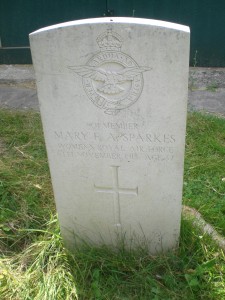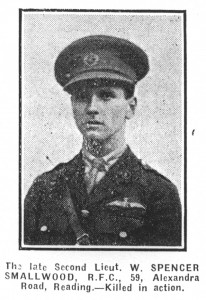Harry Ingle Haydon
2nd Private 276601 Royal Air Force
Division 24
 |
Harry Ingle Haydon was the second son of Alfred John and Sarah Ann Haydon of 3. Brighton Road, Reading. The 1901 census indicates that he had seven siblings. Harry was then 15 and no occupation is recorded. Alfred, his older brother was 24 and his youngest brother was 3 years old. Like their father, older brother Alfred and three of his sisters worked at Huntley and Palmers biscuit factory.
In July 1909, Harry married Emily Amelia Petteford. The 1911 census indicates that Harry and Emily were living in Henley and that Harry was working as a grocers assistant.
There are no details of Harry’s military service. He died on pneumonia 12th November 1918 aged 33 years. At the time of registration the family home was given as 9, Salisbury Road, Reading.
Harry’s grave number 16528 is marked by a CWGC war pattern headstone.


